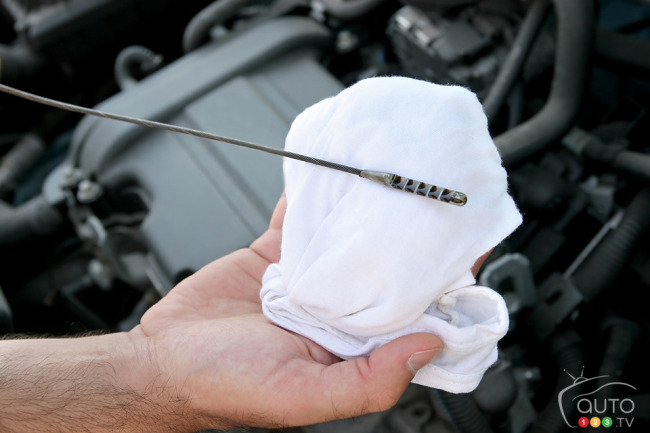Road Trip!
Taking a long trip by car is an adventure. It’s the best way to see America and a wonderful way to learn a little about the country and its highway culture. You’ll experience it all, too, from the ambiance of a truck stop to the sublime swank of five-star restaurants. Each city, town, hamlet or wide spot in the road has its own character, culture, and citizenry.
Before you head out to experience America, make sure that your vehicle is up to the task. Nothing can spoil a trip faster than car trouble, especially if it could have been prevented. Keeping your regularly scheduled car maintenance up to date, and understanding a few “tricks of the trade” can help keep your vacation from becoming a mechanical nightmare, complete with bills for several thousands of dollars in car repair work.
Pre-trip Maintenance
Taking a long trip is a serious test for your car because even a small problem (a worn-out windshield wiper or improper alignment) may turn your trip into a crisis.
To ensure the safety of your trip, you should equip your car with a first aid kit and an emergency kit, if they aren’t already in place. A basic version of the kit should include: two roadside flares, a quart of oil, extra fuses, a flashlight, a multipurpose tool (commonly containing pliers, wire cutters, a knife, a saw, a bottle opener, screwdriver, file, and an awl), a tire inflator, some rags, and a pocket knife. Then, you can turn your attention to the car itself.
There are steps you can take before going on the road, but many important parts in your car, such as the brakes and suspension, can only be inspected by a professional mechanic. So you should make an appointment with your dealer or a mechanic before you leave, and ask for a “maintenance package,” which usually includes an oil change, tire rotation, and inspection by a mechanic.
The GPS system. Global Positioning System (GPS) car navigation systems have the capability to show (and also tell) you exactly how to get to any destination you have in mind. (If you don’t already have one, you should seriously consider getting a GPS for your vehicle before embarking on a road trip.)
They work because they communicate simultaneously with at least three GPS satellites through a built-in or external antenna to determine the driver’s position. Many models are equally amazing at pinpointing your location, and they will give you directions that are as good as those provided by any online mapping service.
Review your owner’s manual. This is the best source of useful information about your car, from using overdrive when you tow a trailer to how to change a tire. Look for the proper tire pressure, how to change a headlight bulb, and other things you might need to do unexpectedly while you are away from home. They may be minor, but they can cause a delay if you don’t know how to handle them.
Signs of a potential problem. If you notice any vibrations or irregular noise, or if the engine knocks when you drive over bumps, have this checked out by your mechanic. If any of the struts (shock absorbers) leaks oil, it should be replaced immediately. If the car “wanders” from side to side at highway speed, that means the steering wheel is off-center. If the car pulls to one side, the wheel alignment should be checked.
There are also some things under the hood that you should take care of before you start out on your trip:
Check the engine oil and your automatic transmission fluid. If your next oil change or transmission change is due soon, you should definitely take care of it before you leave.
Check the engine antifreeze (coolant) level in the overflow tank, which is fairly easy to do. Remember; never open the radiator cap if your car engine is hot. Any leaks you discover should be fixed immediately because a lack of coolant while you are traveling may cause engine to overheat, which can lead to serious damage.
If you feel that your battery’s cranking speed is slower than before, it is probably time for you to replace it. (Typically, a battery lasts from two to five years.)
Check the brake fluid, power steering fluid, and windshield washer reservoir.
Change the air filter if you haven’t done so recently.
Look for anything irregular, including leaks and loose clamps.
Check the tire pressure, including the spare, and if you feel any vibration when you are at cruising speed, have your tires balanced. (Uneven tire wear indicates an alignment problem, and improper wheel alignment may cause a car to skid when you are traveling at high speed.)
Make sure that the jack is still operable in case you need to change a tire on the road.
CV joints. All front-wheel drive and many four-wheel drive cars have constant velocity (CV) joints to transfer the torque to the front wheels, and if a boot is broken, it needs to be replaced before you go on your trip. If you have wheel locks installed in your vehicle, locate the key and the wrench to open the wheel nuts, too.
Electrical equipment and lights. Check the horn, the windshield wipers, and all the lights in your car. You should replace the wipers or get rubber refills if they don’t clean the windshield perfectly, and have some extra light bulbs on hand, as well. Depending on the season and your location, you should also make sure that the heater and air conditioner are in good working order.

Pre-trip Maintenance
by
Tags:

Leave a Reply